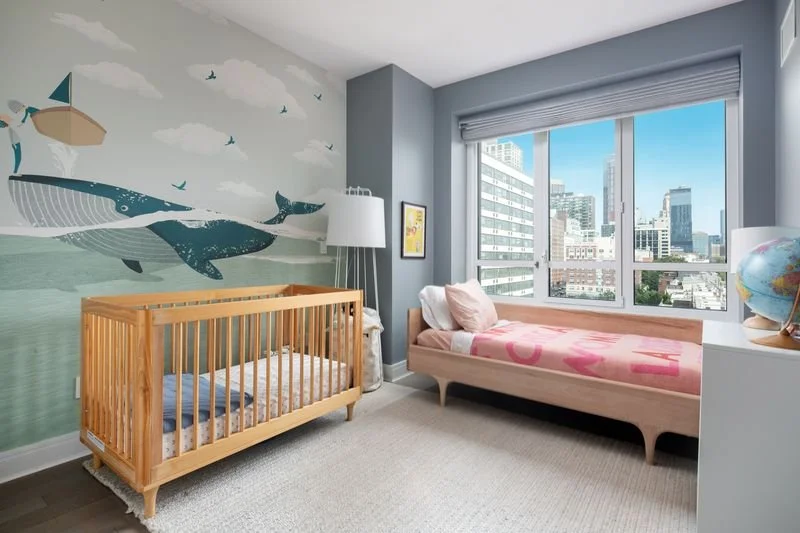A Sustainability Guide to Revamping Your Property for Extra Value
Are you looking to add value to your property while also doing your part for the environment? Well, look no further than revamping your property with sustainability in mind! With the rise of eco-consciousness, more and more homeowners are realizing that sustainable upgrades not only benefit Mother Nature but can also increase their property's value. In this guide, we will explore some top sustainability tips for revamping your property, from energy-efficient lighting upgrades to renewable energy sources. So let's jump right in and start adding value while reducing our carbon footprint!
Energy-Efficient Lighting Upgrades
Begin by replacing incandescent bulbs with LED or CFL options, these generally consume less energy. Furthermore the LED street light lifespan is considerably longer than a standard filament bulb (the same applies to LED lights used in the home), which means it's more efficient in two different ways. Beyond this, LED bulbs in particular emit less heat, ensuring safer indoor use. Additionally, consider installing dimmer switches, allowing you to adjust lighting brightness to suit specific needs, saving energy while creating a cozy atmosphere.
When focusing on neighborhood estates, it is crucial to also address street lighting. Explore sustainable options such as energy-efficient street light poles for neighbourhood estates designed to minimize energy consumption and light pollution. By considering the sustainability of street lighting, you contribute to creating a more environmentally friendly and aesthetically pleasing neighborhood. Innovative smart lighting systems are worth considering as well. These systems utilize sensors and timers to automatically turn off lights when not in use, minimizing wasted energy.
Another valuable approach is to maximize the use of natural light sources. Incorporating skylights or larger windows can provide ample daylight, reducing reliance on artificial lighting during the daytime.
Insulation and Weatherproofing
Insulating and weatherproofing your property is one of the most effective ways to reduce energy waste, save money on utility bills, and increase overall comfort. The process involves sealing up any gaps and cracks in walls, floors, ceilings, doors, and windows that allow air to escape or enter the building.
Good insulation also keeps your property cooler during summer months by preventing heat from entering through the roof or walls. Weatherstripping around doors and windows helps maintain a consistent temperature inside while keeping outside elements out. The cost of insulating may vary depending on your location and type of property but it can yield significant savings over time.
In addition to reducing energy consumption, it also reduces greenhouse gas emissions for a more sustainable lifestyle. When considering insulation types such as fiberglass batts or blown-in cellulose material make sure you choose an insulation contractor who is licensed in your area. They will be able to assess what type of insulation works best with your building structure and climate zone.
Water-Saving Fixtures and Appliances
Replacing old appliances with new, high-efficiency models can significantly reduce water waste. For example, low-flow showerheads use less than 2.5 gallons per minute compared to older models that use up to 5 gallons per minute or more.
Another fixture worth considering is a dual-flush toilet that allows users to choose between a full flush or half flush depending on the amount of waste being disposed of, saving up to 68% water compared to traditional toilets. When it comes down to smaller fixtures such as faucets and taps, aerators are an excellent way of reducing the flow rate without affecting performance by adding air into the stream.
Renewable Energy Sources
These sources of energy don't deplete natural resources, produce toxic emissions, or contribute to climate change. Instead, they harness the power of clean, renewable energy from nature. The pinnacle of renewable energy sources for homes still remains solar power. Installing solar panels on your rooftop can help generate electricity for your home without relying on fossil fuels. Not only will this cut down your carbon footprint, but it will also significantly reduce your utility bills over time.
Another renewable source of energy is wind power. Investing in a small-scale wind turbine can provide you with enough electricity to meet the needs of your household while also reducing dependence on traditional grid systems. Geothermal heat pumps are another option that uses the constant temperature beneath the earth's surface to heat or cool buildings efficiently and sustainably.
From energy-efficient lighting and insulation to water-saving fixtures and renewable energy sources, there are many ways to make your property more eco-friendly. Not only do these upgrades benefit the environment and save you money in the long run on utility bills, but they can also attract environmentally conscious buyers or renters who are willing to pay extra for a sustainably designed home or office space. So why wait? Start planning your sustainability revamp today! With so many options available, it's easy to find solutions that fit both your budget and design aesthetic.












